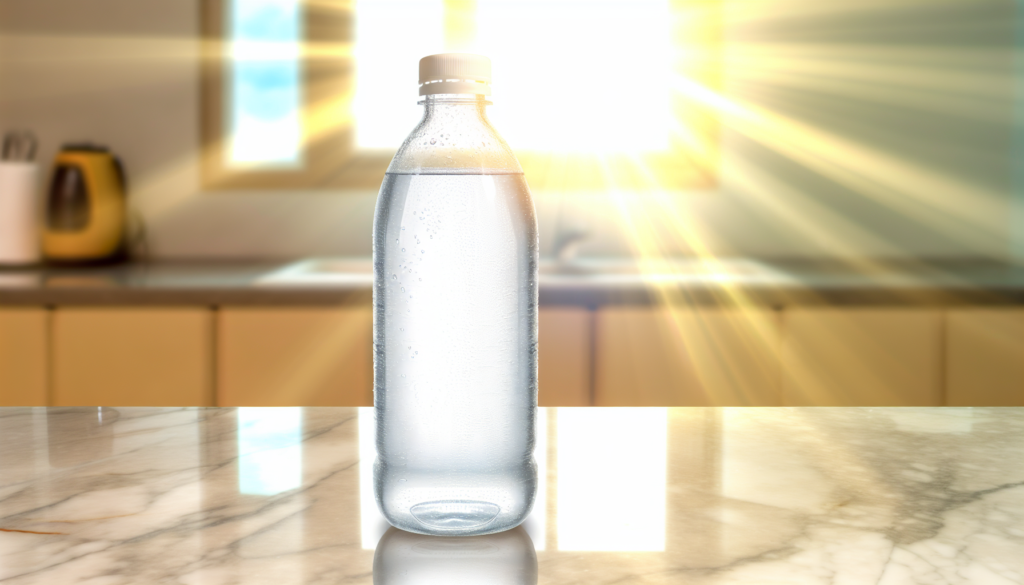Does your skin feel tight, flaky, or lack that natural glow? You’re not alone. Many of us struggle with dehydrated skin, especially during seasonal changes or after exposure to harsh environmental factors. Unlike dry skin (which lacks oil), dehydrated skin lacks water and can affect anyone—even those with naturally oily complexions. The good news? With consistent care and the right approach, you can restore your skin’s moisture balance and achieve that healthy, radiant complexion you deserve. Let’s explore the simple yet effective strategies that can transform your parched skin into a hydration haven.
Understanding Dehydrated Skin: Signs You Shouldn’t Ignore
Before diving into solutions, it’s important to recognize whether your skin is truly dehydrated. Look for these telltale signs:
Dehydrated skin differs from dry skin in that it’s a temporary condition rather than a skin type. Even oily and combination skin can become dehydrated due to weather changes, air conditioning, heating, or improper skin care routines. Once you’ve identified the issue, you can address it with targeted solutions.
1. Gentle Cleansing: The Foundation of Hydrated Skin
Your hydration journey begins with what you’re washing your face with. Harsh cleansers can strip away your skin’s natural moisture barrier, exacerbating dehydration.
What to Look For in a Cleanser
Opt for cream or gel cleansers labeled “hydrating,” “gentle,” or “for sensitive skin.” Ingredients like glycerin, hyaluronic acid, and ceramides help maintain moisture while cleansing. Avoid cleansers containing alcohol, fragrance, or sulfates, which can further dry out your skin.
A game-changer for many with dehydrated skin is the double cleansing method—using an oil-based cleanser first to remove makeup and sunscreen, followed by a gentle water-based cleanser. This approach effectively cleanses without compromising your skin’s moisture balance.
Remember, lukewarm water is your friend. Hot water might feel luxurious, but it can strip away essential oils and worsen dehydration. And don’t forget—pat, don’t rub your face dry with a towel!
2. Hydrating Serums: Your Skin’s Thirst Quencher
If your skincare routine doesn’t include a hydrating serum, you’re missing out on a powerful ally against dehydration. Serums contain concentrated active ingredients that penetrate deeper than moisturizers alone.
Ingredients That Pack a Hydration Punch
Apply your serum to slightly damp skin for maximum absorption. This simple trick enhances the effectiveness of hydrating ingredients, especially hyaluronic acid, which works by drawing moisture into the skin. Just 2-3 drops are typically sufficient for your entire face.
3. Layer Smart: The Art of Moisture Locking
When battling dehydration, it’s not just about adding moisture—it’s about keeping it there. This is where strategic layering comes in.
After applying your hydrating serum, follow with a moisturizer appropriate for your skin type. For combination or oily but dehydrated skin, a lightweight gel-cream can provide hydration without heaviness. For normal to dry skin, a richer cream formula might be more beneficial.
The Occlusive Layer Trick
For an extra boost, especially during winter months or in dry climates, consider adding a final occlusive layer in your evening routine. Products containing ingredients like shea butter, squalane, or facial oils create a seal that prevents water loss while you sleep.
Don’t forget about targeted treatments for particularly dehydrated areas. The skin around your eyes and lips is thinner and more prone to dehydration, so specific eye creams and lip masks can work wonders.
4. Lifestyle Adjustments: Hydration From Within
External products can only do so much if you’re not addressing internal hydration. Your skin is your body’s largest organ, and it reflects your overall hydration status.
Simple Changes With Big Impact
Consider tracking your water intake with an app or marked water bottle if you struggle to consume enough fluids. Many people find that visual reminders help them stay on track with hydration goals.
5. Weekly Treatments: The Extra Hydration Boost
While daily care forms the foundation of hydrated skin, targeted weekly treatments can address deeper dehydration issues and enhance your routine’s effectiveness.
Hydrating Masks: Your Skin’s Weekly Reset
Sheet masks soaked in hydrating serums provide intensive moisture and give your skin a dewy glow. For a more sustainable option, wash-off hydrating masks or overnight sleeping masks can deliver similar benefits.
Gentle Exfoliation: Clearing the Way for Hydration
It might seem counterintuitive, but gentle exfoliation is crucial for dehydrated skin. When dead skin cells build up, they prevent your hydrating products from penetrating effectively. Opt for chemical exfoliants like lactic acid or PHAs (polyhydroxy acids), which exfoliate while also hydrating the skin.
Limit exfoliation to 1-2 times weekly to avoid irritation, and always follow with hydrating products to replenish the skin.
Consistency is key when addressing dehydrated skin conditions. While you might see immediate improvements after applying hydrating products, true transformation comes from maintaining your routine over time. Your skin’s moisture barrier takes approximately 4-6 weeks to repair itself, so be patient and stick with your regimen even after seeing initial results.
Remember that skincare needs evolve with seasons, hormonal changes, and age. What works perfectly in summer might not provide enough hydration in winter. Listen to your skin and adjust accordingly, and don’t hesitate to consult a dermatologist if your dehydrated skin doesn’t improve with these strategies. With the right approach, that plump, glowing complexion isn’t just a dream—it’s absolutely achievable!







